About JC Whitney Editorial Team

Meet the JC Whitney Editorial Team, your go-to experts for automotive insights, from in-depth car culture articles to the latest in vehicle tech.
More from JC Whitney Editorial TeamFor many of us, watching Lucas Black utterly destroy a beautiful 2001 Nissan Silvia S15 Spec-S in the 2006 installment of the Fast & the Furious franchise Tokyo Drift was our introduction to drifting, but this style of racing can trace its roots back to the 1960s and 70s in Japan. Drifting—cornering by means of a controlled slide wherein the rear wheels lose traction—is part art, part science, and it most commonly relies on braking (in one form or another) to achieve this slide. Here’s what you need to know.
For
What is Drifting?
Drifting in cars is a driving technique where the driver intentionally oversteers, causing loss of traction in the rear wheels, while maintaining control from entry to exit of a corner. The act of drifting involves a delicate balance of throttle, braking, and steering inputs that manipulate the car’s weight distribution and grip levels.
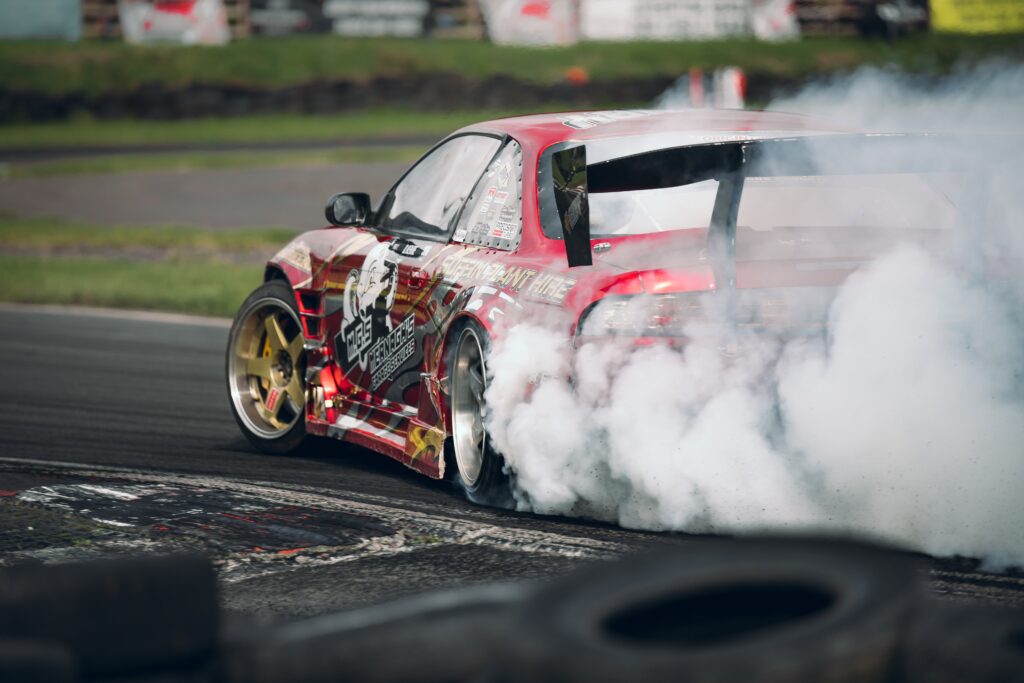
When a driver wants to initiate a drift, they provoke the car to lose traction at the rear wheels. This can be done in several ways, such as suddenly releasing the throttle (to shift weight to the front wheels), applying the emergency brake, or rapidly turning the steering wheel. Losing rear-wheel traction causes oversteering, and the car begins to slide sideways.
Controlling a drift is where driver skill prominently comes into play. The driver modulates the throttle and steers the car to maintain the desired drift angle and line through the corner. Essentially, the driver is continuously balancing the car on the edge of traction and slip, managing the car’s weight transfer, and manipulating the tires’ contact patches with the road.
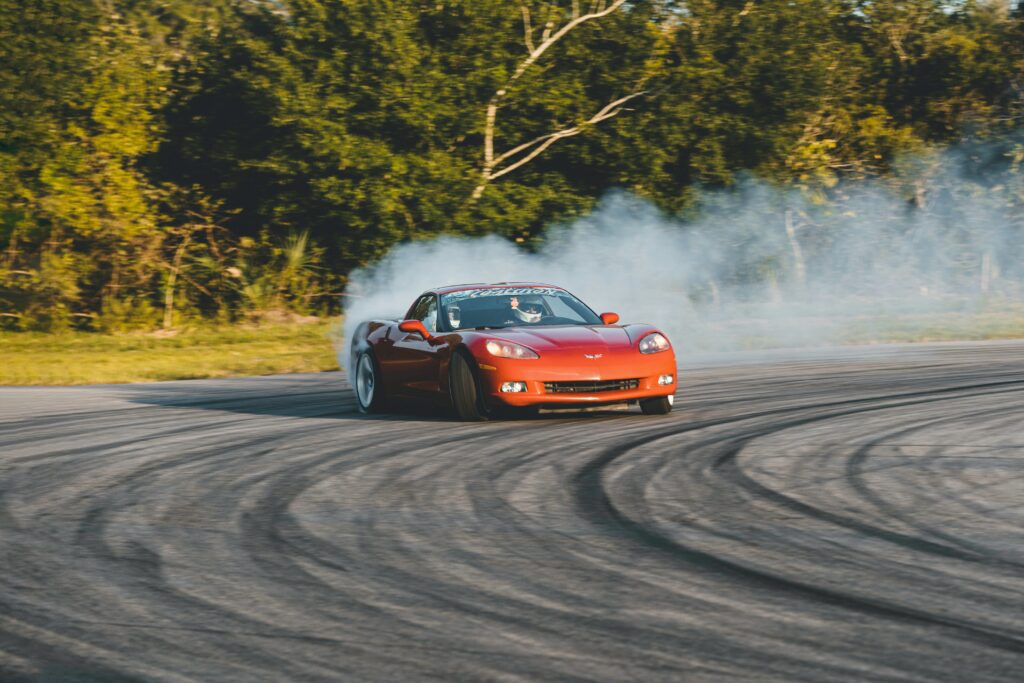
From a physics standpoint, drifting is a play between centripetal force, friction, and the momentum of the car. When a car is driven through a corner without drifting, the tires develop a centripetal force that allows the car to follow a curved path. In drifting, the driver purposely exceeds the limit of tire grip, causing the tires to slip and lose their ability to generate enough centripetal force to maintain the original path. However, by controlling the drift’s angle and direction, the driver can utilize the remaining tire grip and the car’s momentum to navigate through the corner, even while sliding.
The kinetic friction between the tires and the road surface becomes lower than the static friction in a typical cornering maneuver. This reduction in friction allows the car to slide.
E-Brake Drifting
The emergency brake, often referred to as the e-brake or handbrake, is a tool that drifters use to help initiate a drift. When a drifter pulls the emergency brake, it locks up the rear wheels. Doing this momentarily reduces the grip of the rear tires on the road surface, encouraging the car to enter a state of oversteer, which is necessary to initiate a drift. Once the rear wheels lose traction, and the car starts sliding sideways, the drifter releases the e-brake, applies throttle, and uses precise steering inputs to maintain and control the drift through the remainder of the turn.
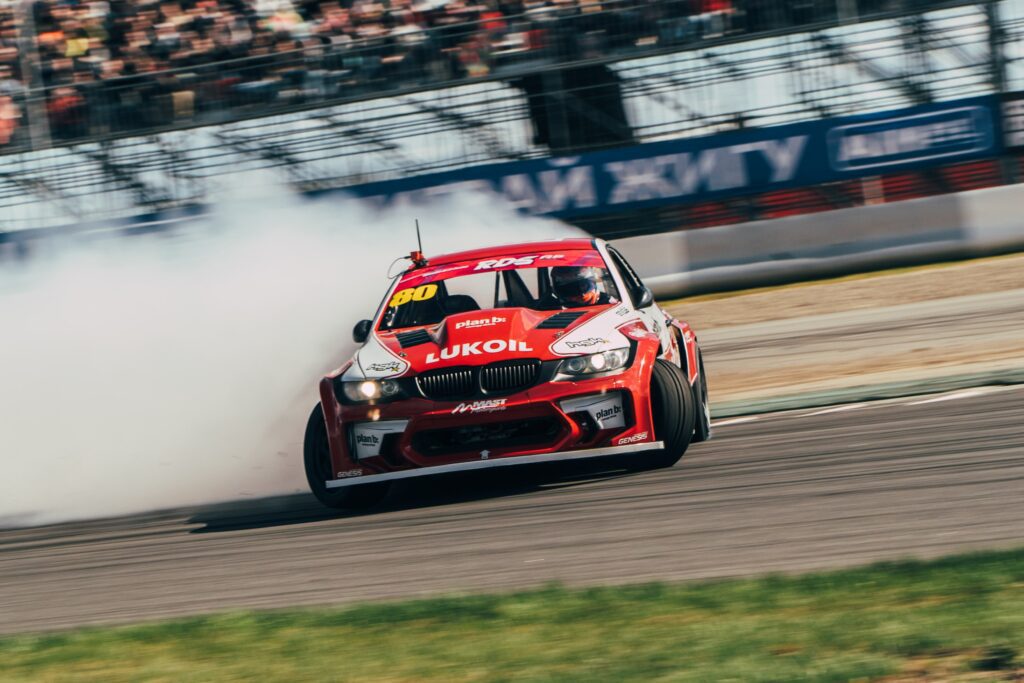
The e-brake technique is commonly used because it allows the driver to initiate a drift without relying heavily on high speeds or aggressive steering maneuvers. It offers an additional element of control, enabling the driver to manage the car’s weight transfer and balance during the initiation of the drift carefully. By using the emergency brake to start the drift, a driver can create the necessary car dynamics for drifting while maintaining a level of precision and safety.
How Does Drifting Affect My E-Brake?
Using the emergency brake (e-brake) for drifting does cause more wear and tear compared to normal usage. Constantly engaging and disengaging the e-brake during drifting puts significant stress on the brake’s components such as the cables, levers, and the brake pads or shoes themselves. Consequently, someone who frequently uses the e-brake for drifting might find themselves replacing or adjusting these components more often to maintain the brake’s effectiveness.
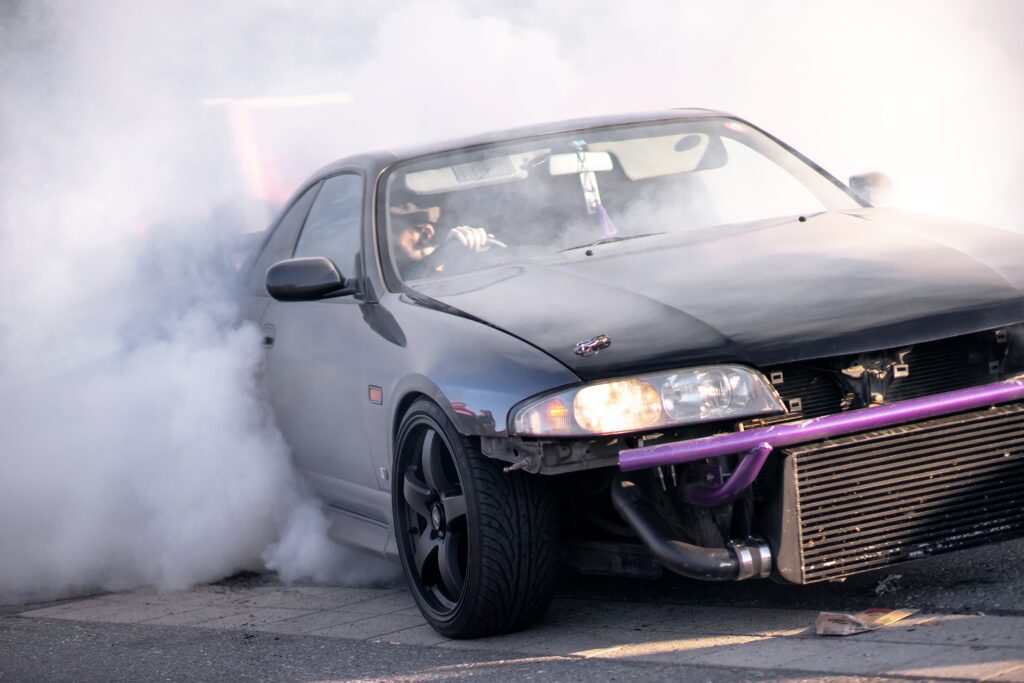
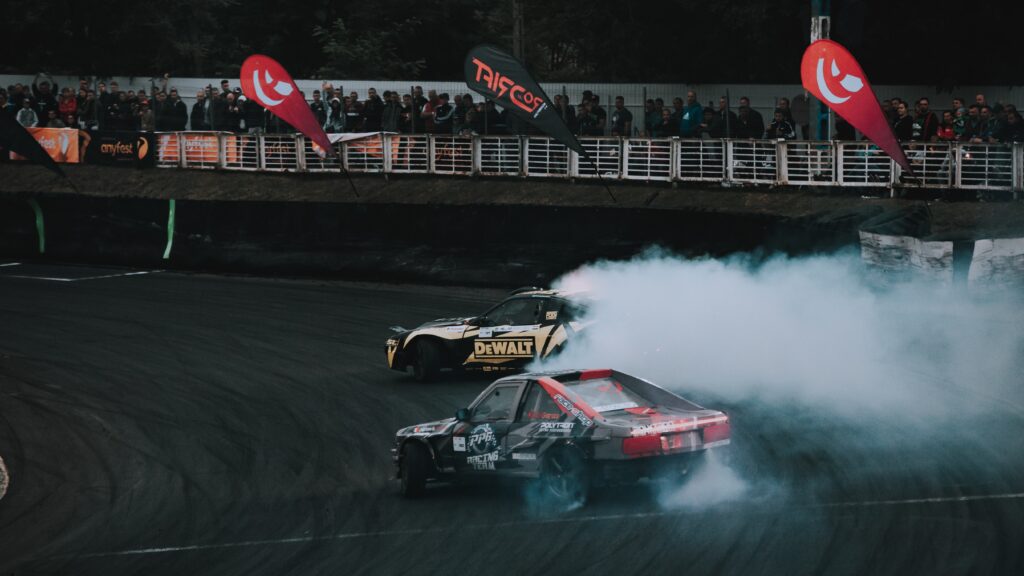
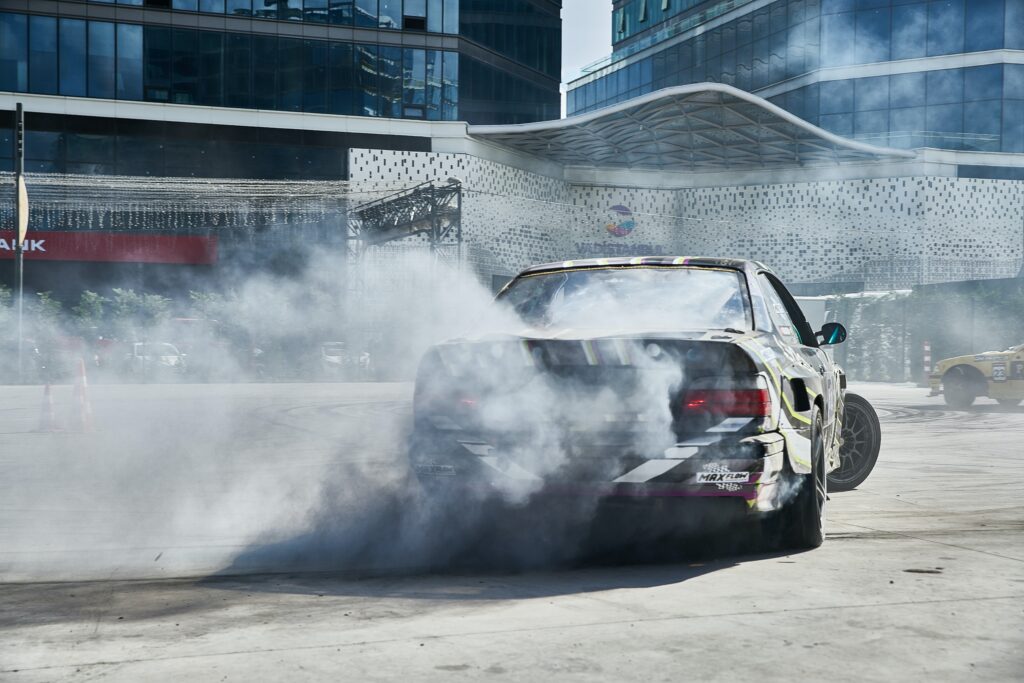
In the realm of professional or serious amateur drifting, it’s common to see cars equipped with a hydraulic handbrake, also known as a “hydro-e-brake.” This type of brake is more purpose-built for drifting. A hydraulic handbrake can work directly with the car’s hydraulic brake system, allowing for a more forceful and immediate brake application compared to the traditional cable-operated mechanical e-brake. This gives the driver more precise control over the braking force applied to the rear wheels, which is essential for initiating and controlling drifts.
The hydraulic handbrake lever is often installed in the car’s cabin within easy reach of the driver, allowing for quick and efficient use during drifting maneuvers. The use of a hydraulic handbrake not only offers better performance and control but also tends to be more durable and resilient under the harsh conditions of drifting, requiring less frequent maintenance or replacement compared to using a standard emergency brake for the same purpose.
Methods for Drifting
Drifting involves various techniques to initiate a controlled slide or oversteer. As we’ve discussed, the E-Brake method is a common one, but there are lots of others. Each method has its unique approach and is suitable for different situations or driver preferences. Here are some commonly used drifting techniques:
Power Sliding or Power Over
Description: This technique is predominantly dependent on the throttle. In a rear-wheel-drive car, aggressively applying the throttle can break the rear tires’ traction, causing the car to slide.
Difference: It relies primarily on engine power and is common in powerful, high-torque vehicles. It’s simpler but requires a car with sufficient power.
Clutch Kicking
Description: The driver depresses the clutch pedal, revs the engine, and then suddenly releases the clutch to send a shock through the drivetrain, causing the rear wheels to slip.
Difference: This abrupt transfer of power helps in breaking traction and doesn’t necessarily require a powerful engine.
Handbrake/E-brake Pull
Description: Pulling the handbrake locks the rear wheels, causing them to lose grip, helping initiate a slide.
Difference: It provides a direct method of initiating a drift, suitable for tight corners and lower-speed maneuvers, and offers excellent control.
Feinting/Scandinavian Flick
Description: This technique involves quickly steering away from a turn and then steering into it. This movement shifts the car’s weight, promoting oversteer.
Difference: It’s a weight transfer technique requiring good timing and vehicle control, often used in high-speed situations.
Braking
Description: By applying the brake while entering a corner, the driver can shift the car’s weight forward, inducing oversteer at the rear.
Difference: It’s subtle and suitable for initiating drifts at higher speeds, requiring a good understanding of weight transfer.
Shift Locking
Description: This method involves downshifting and releasing the clutch abruptly, causing a sudden reduction in rear wheel speed, promoting loss of traction.
Difference: It’s a way to initiate a drift without relying too much on the engine’s power, suitable for various speeds.
Dirt Drop Drifting
Description: Dropping the rear tires off the road onto a lower grip surface like dirt can help break traction and initiate a drift.
Difference: It’s specific to situations where the edge of the track or road allows for it, adding variability based on different surfaces.
Each drifting method requires a nuanced understanding of car control and suits different cars, corners, and driving styles. The choice depends on the driver’s skill, the nature of the turn, and the characteristics of the vehicle being driven.
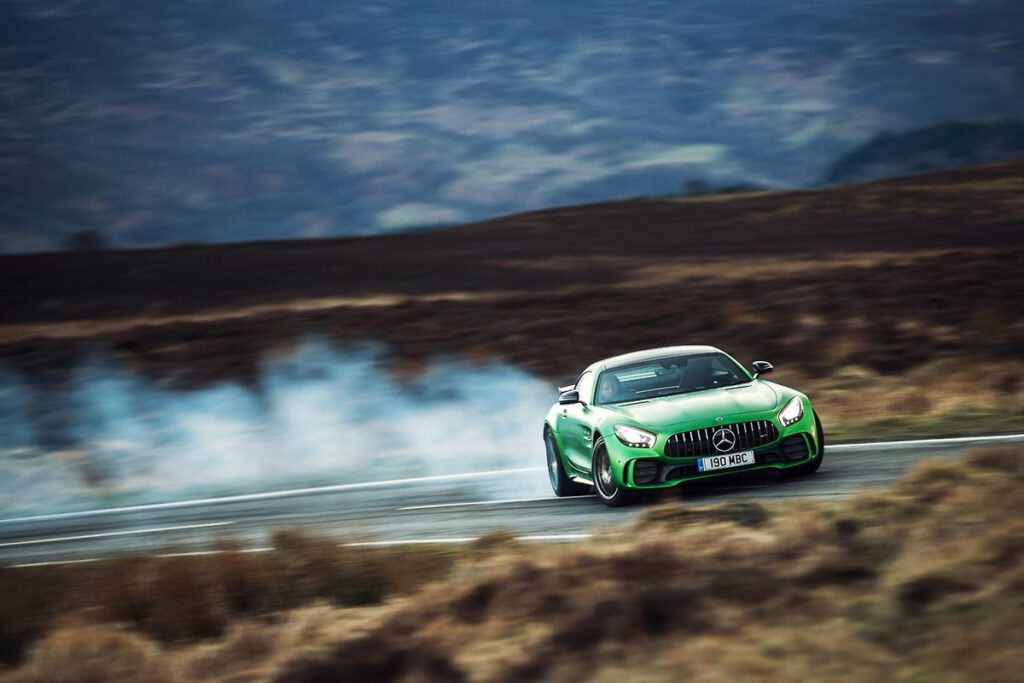
History of Drifting
Drift racing, or drifting, has its roots in Japan in the 1960s and 1970s. It was initially not a formal racing event but rather a driving style used by racers participating in traditional circuit racing and mountain racing (Touge). Kunimitsu Takahashi, a renowned motorcycle racer who transitioned to cars, is credited as one of the pioneers of drifting. Takahashi’s aggressive driving style, marked by sliding his car through corners, was not just visually spectacular, but also effective in maintaining high speeds through turns.
Over time, this driving style started gaining popularity and a dedicated following. Street racers, especially in rural areas with winding mountain roads, began to emulate and refine these techniques, pushing the limits of car control and precision.
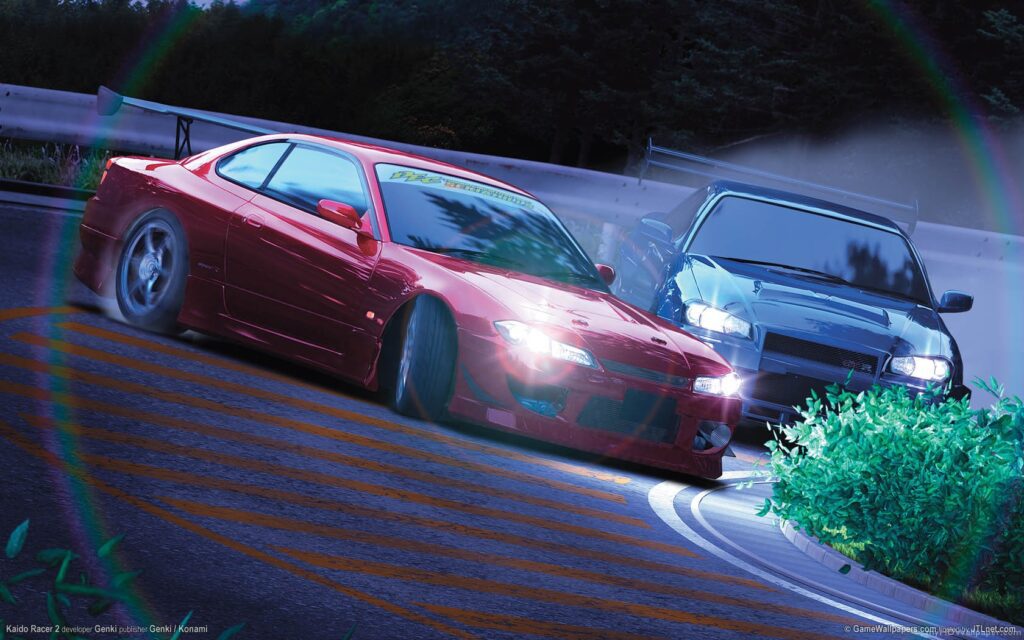
The man credited with popularizing drifting as a sport is Keiichi Tsuchiya, known as the “Drift King.” Inspired by Takahashi and with extensive experience in street racing, Tsuchiya honed his drifting skills and became incredibly influential in the car racing world. In the mid-1980s, alongside Option magazine founder and motorsport journalist Daijiro Inada, Tsuchiya produced a video showcasing his drifting skills. This video became wildly popular and played a crucial role in promoting drifting as a standalone motorsport.
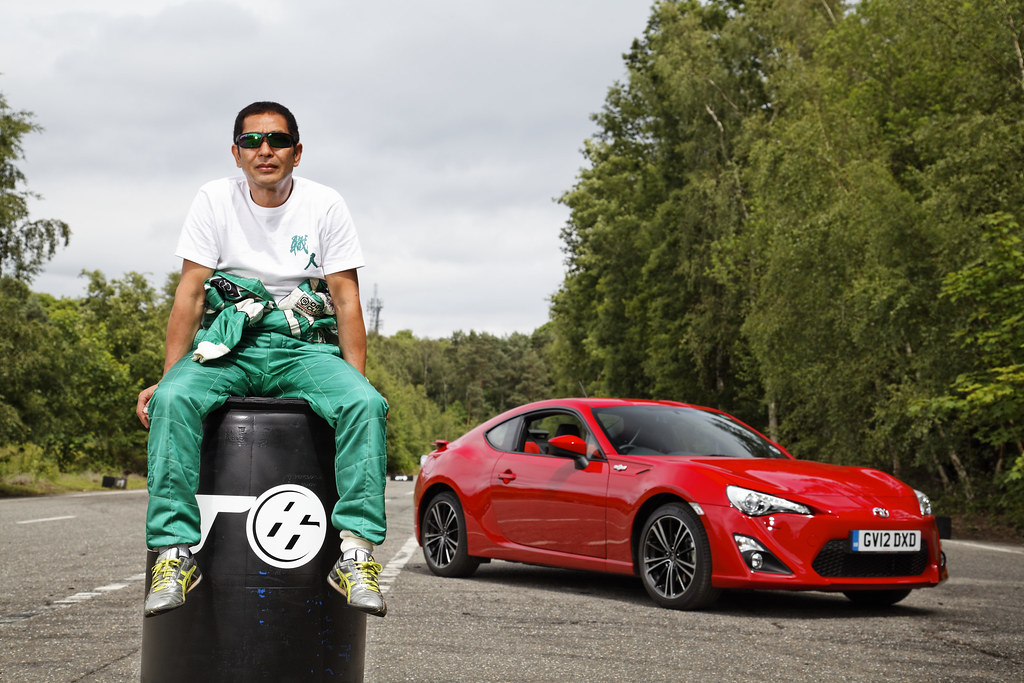
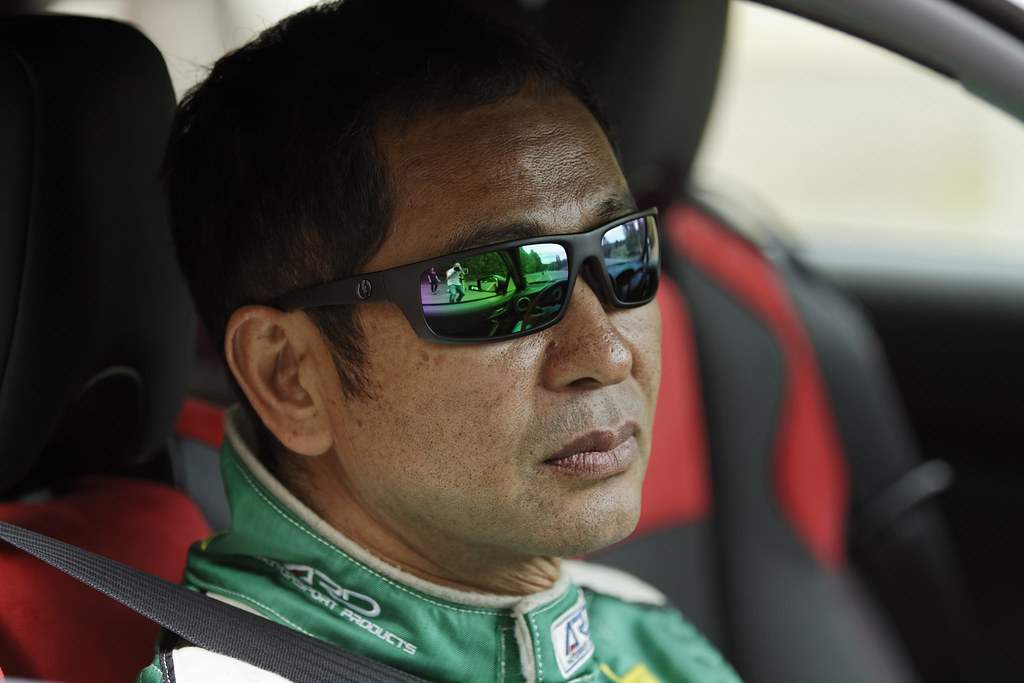
Tsuchiya is featured during this training scene in F+F Tokyo Drift.
Following the surge in interest, events and competitions dedicated to drifting began to emerge. One of the significant milestones was the establishment of the D1 Grand Prix, the first professional drifting series, in 2000. The D1 Grand Prix helped formalize drifting, introducing regulations, judging criteria, and a structured format. Formula Drift, launched in 2003, also helped push this format into the mainstream.
Drifting’s appeal lies in its emphasis on car control, style, and showmanship, making it not just a race but a spectator sport with a strong fan following. Its popularity extended beyond Japan, spreading globally, with numerous drifting competitions and events now held worldwide, each attracting a wide array of participants and audiences.
Check out Formula DRIFT Atlanta’s Highlight Reels
The integration of drifting into popular media, such as movies and video games (notably, “The Fast and the Furious” franchise), also played a significant role in its international appeal and recognition as a legitimate and unique motorsport.
We’d love to hear from you. Don’t forget to check out our Questions for the Reader in the comments section below.
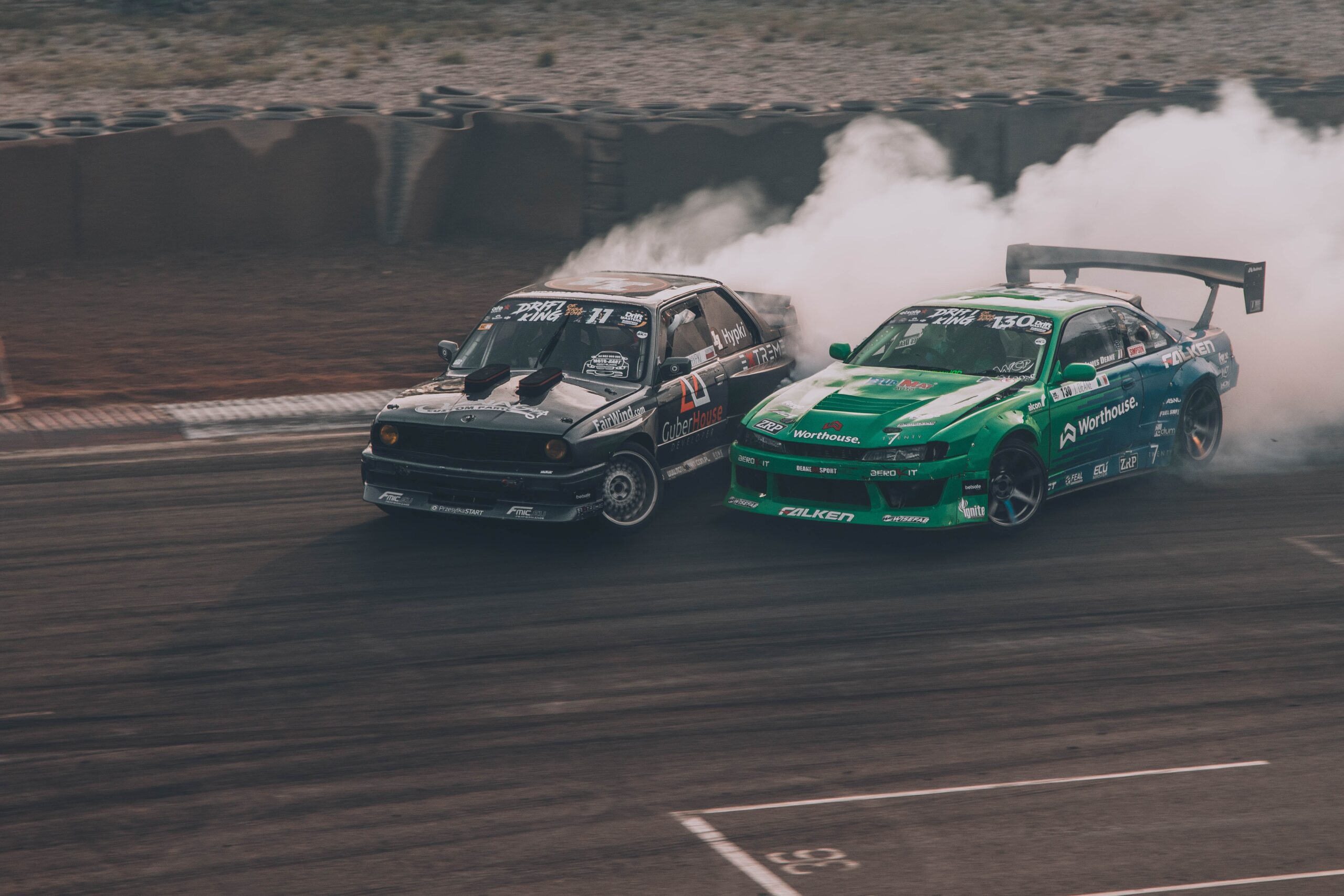
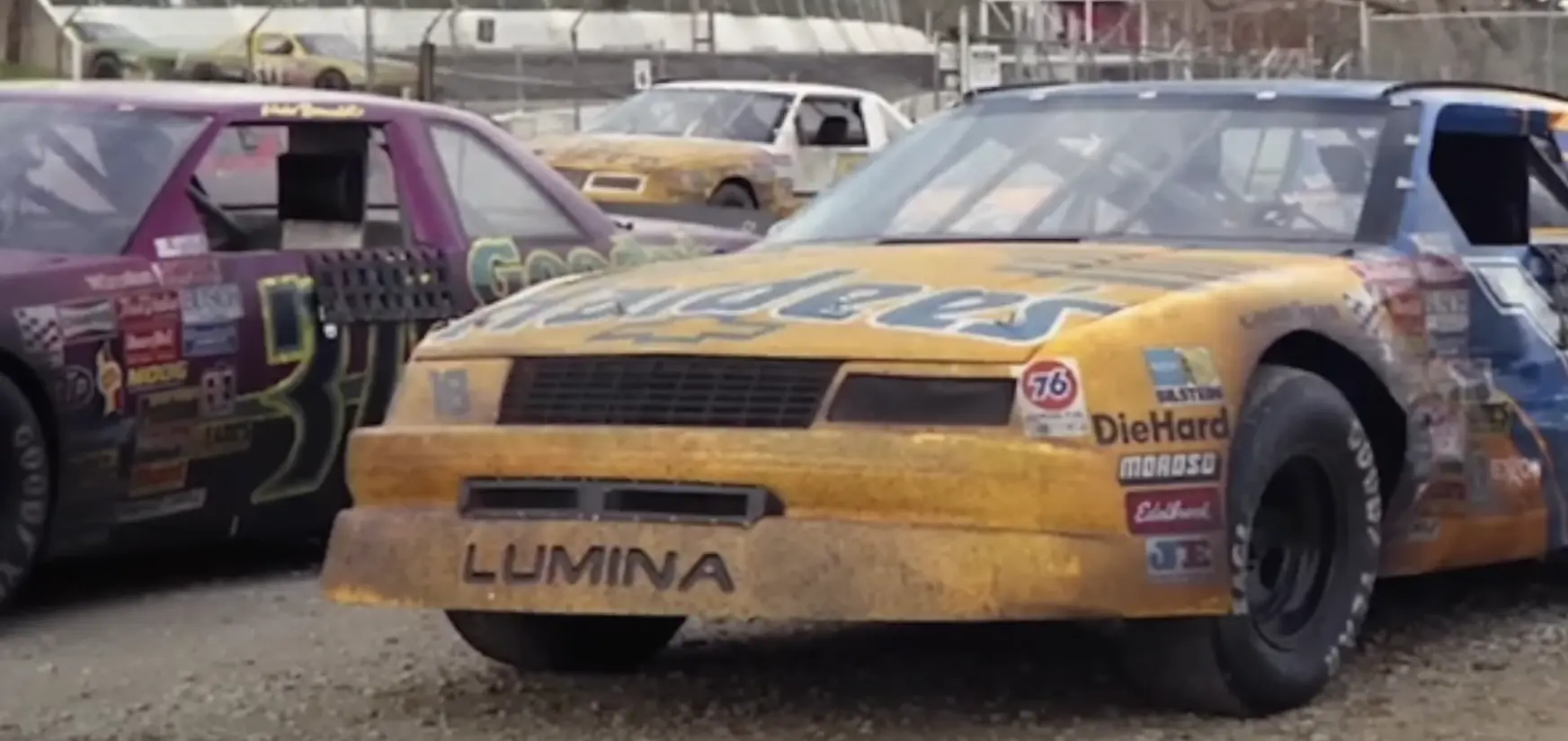
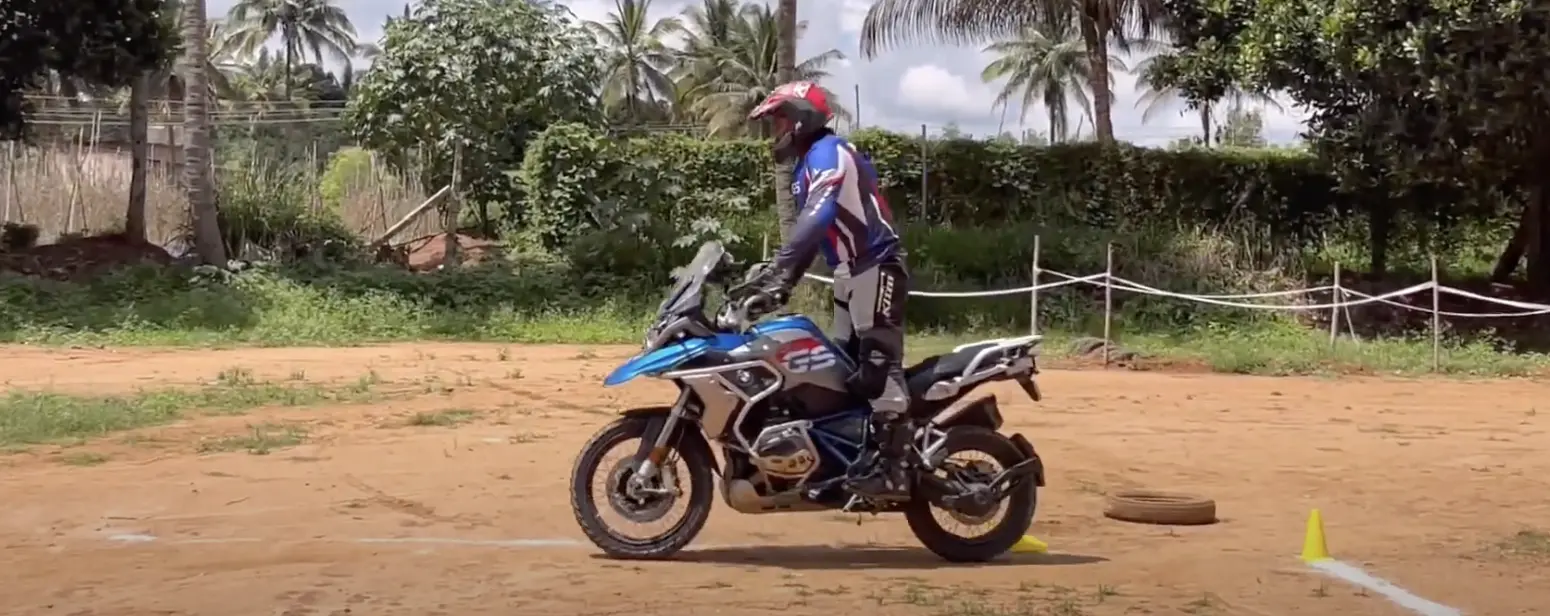
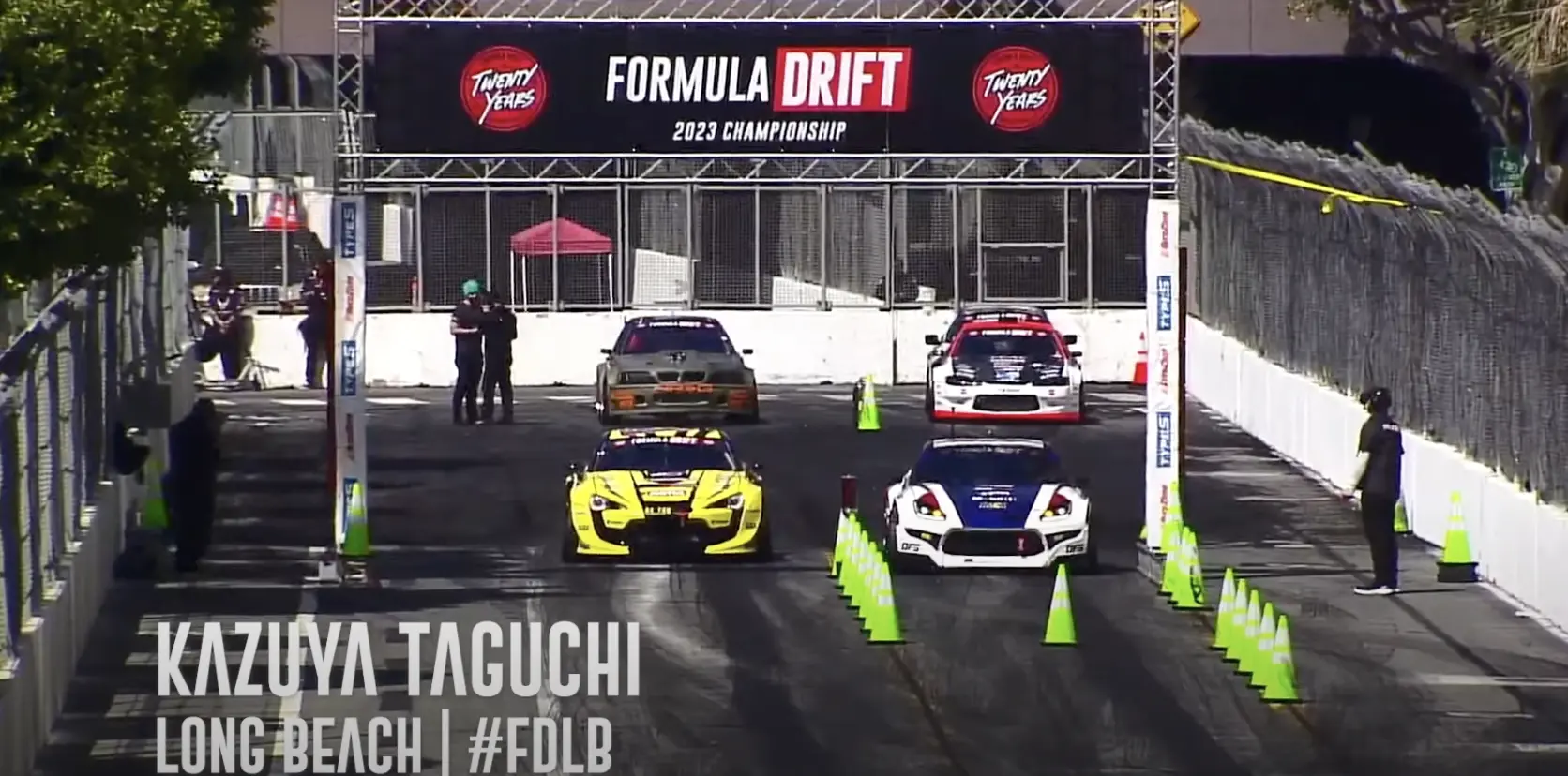
Drifting is the most fun I had on a track!
That is amazing!